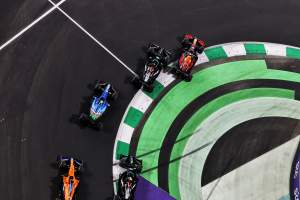Up Next

Formula 1’s stewarding and officiating came firmly under fire during a controversial inaugural Saudi Arabian Grand Prix.
From the red flag rule that infuriated Lando Norris to FIA race director Michael Masi’s “offer” to Red Bull, there are plenty of areas that proved controversial in Jeddah.
But what rules and processes need to change? And how? Our writers give their verdicts and suggestions.
Don’t let drivers decide how to give a place back
Scott Mitchell
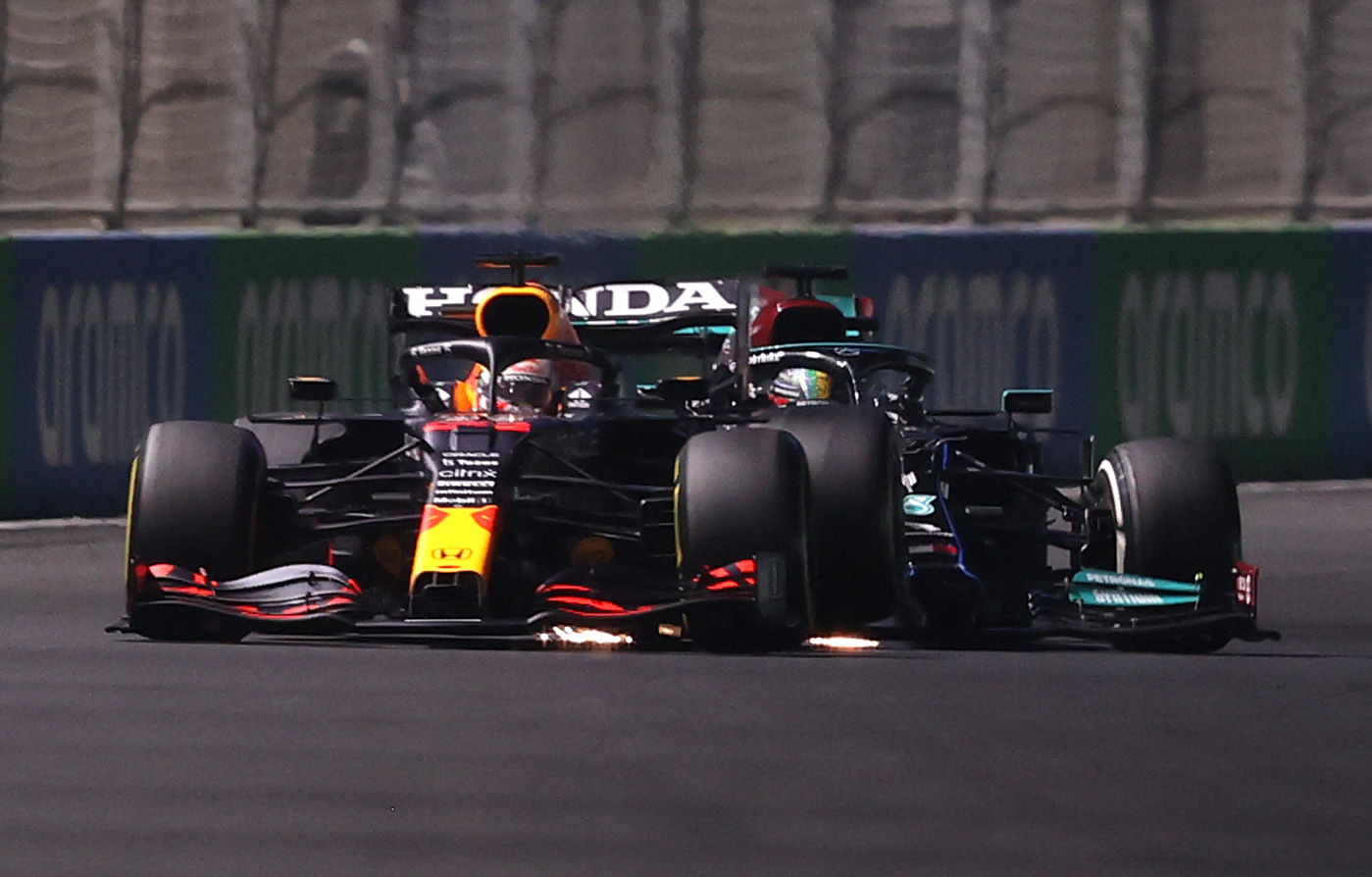
Lots of attention was given to the fact Michael Masi offered to let Red Bull take a grid drop at the restart in Saudi Arabia as if it was letting the team decide its punishment. That wasn’t quite what was happening.
However, where Red Bull clearly had the freedom to decide how to handle a punishment was when Verstappen had to let Hamilton past late on – which obviously led to their controversial collision.
If the race director has the authority to ‘suggest’ a driver gives a place back, to avoid an illegal overtake being referred to the stewards, then they should also instruct the driver how it will happen.
Instead of layering the rules with more rules, this can just be a simple case of the race director choosing when to instruct, very clearly, how something should happen.
It doesn’t need to be governed by regulation, it doesn’t need things like disabling DRS – this just overcomplicates things unnecessarily.
That process should be easy: for example, with plenty of notice, Masi could radio Red Bull to say ‘inform Verstappen to let Hamilton pass before Turn 1 by going off-line and do not attempt to repass before Turn 1’. Then he informs Mercedes of his instruction.
If Red Bull does not confirm that will happen or Verstappen does not do that at the first attempt, the matter gets reported to the stewards.
Stop basing punishments on the outcome of incidents
Glenn Freeman
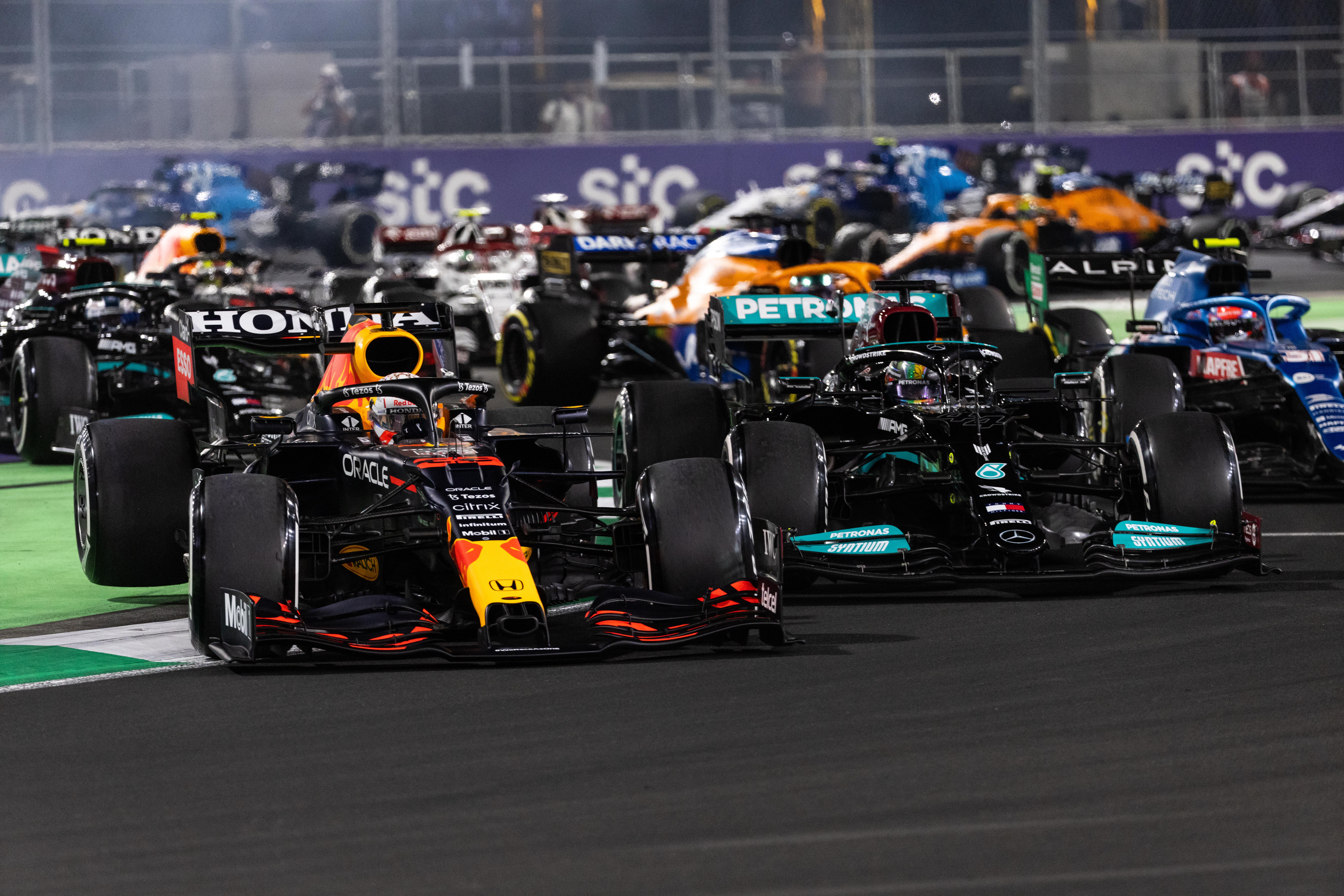
Every F1 team is a hypocrite. When they find themselves on the receiving end of a penalty, F1 is over-regulated and you’ll hear them howling about the need for a simpler rule book.
The moment they feel they have been wronged, they are the ones inspecting the same rulebook they supposedly think needs to be done away with, looking for any wording they can remotely link to their case.
They should all just shut up and deal with it. They can’t have it both ways, so if there’s unanimous agreement that the rulebook should be simplified that’s fine, but they can’t then complain when it suits them.
However, a simplified rulebook and the approach of “the referee’s word is final” would require stronger, more consistent officiating.
My first suggestion for improving that side of the process would be to stop basing punishments on the outcome of incidents. In a world of asphalt run-offs that just makes no sense.
A dangerous piece of driving shouldn’t be judged as less dangerous just because the offending driver got lucky and didn’t fire somebody into the barriers.
A permanent stewards panel
Edd Straw
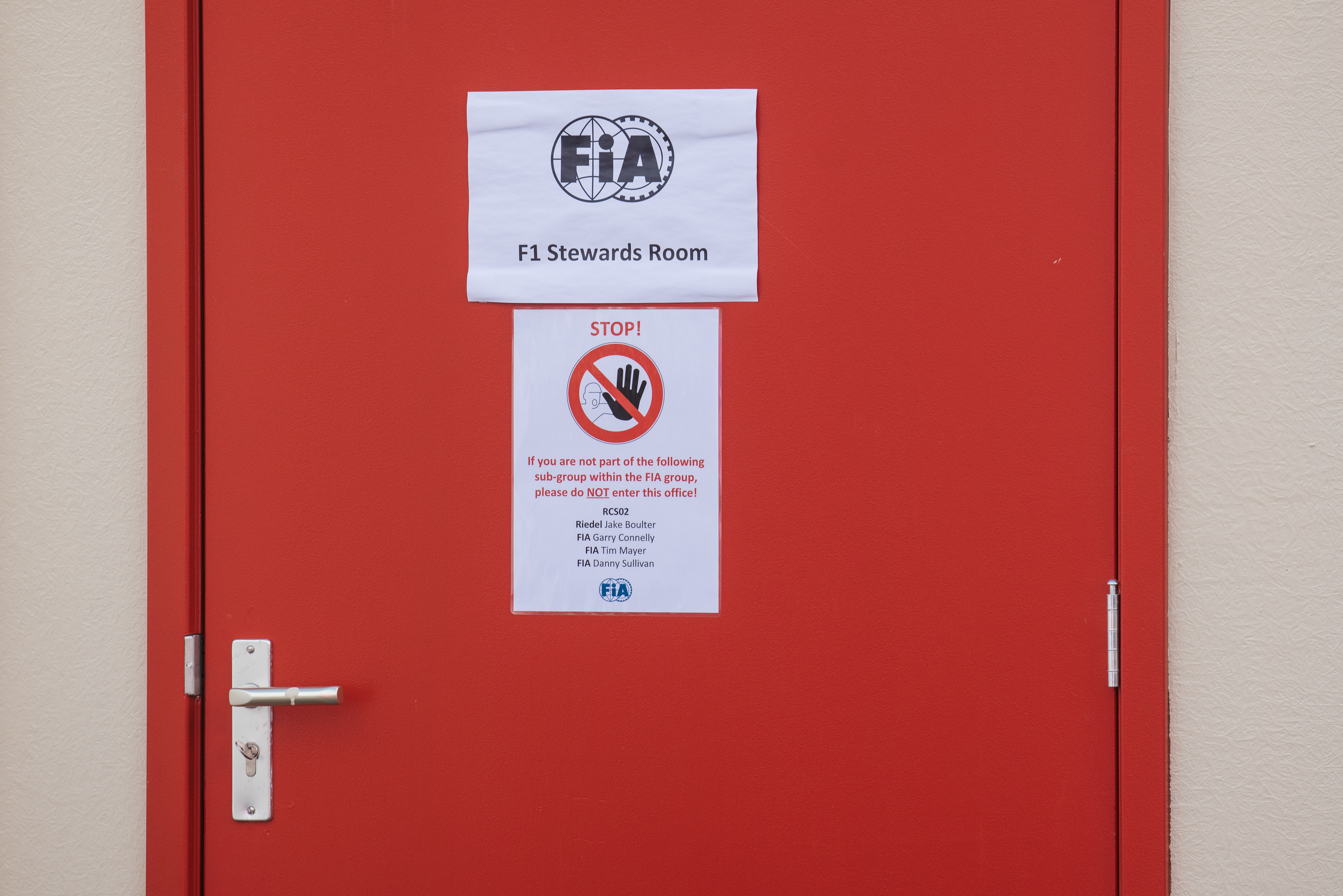
The question of consistency is a thorny one when it comes to race stewarding because no two incidents are identical. But there are broad principles that should be consistently adhered to and only following what most other major international sports have done in recent times and introducing professional, permanent stewards can allow F1 to improve on this weakness.
The current stewards may be professional in approach but they aren’t professional in status. It should be a full-time, paid role, with either a permanent panel of four stewards or a small pool of perhaps eight to allow for rotation and substitutions, created to dedicate themselves full-time to this role in F1.
With what time there is outside of events, they could also play a part in working with stewards in other FIA series in an attempt to ensure consistent standards across all of its championships, along with contributing to refining regulations and reviewing best practice.
This cannot fail to improve consistency and thinking. What’s more, it will make it easier to combat the understandable but dangerous desire to increase over-regulation by creating endless written rules that can’t account for every possible set of circumstances.
Yes, there will be a cost attached, but F1 is not an amateur sport. So why should it effectively be refereed as if it is? No matter how rigorous the current stewards are, permanent stewards would be engaged in their role on a full-time basis and therefore cannot fail to have a better command of the ‘case law’ of F1 and the way decisions should be made.
Change the red flag rules
Josh Suttill
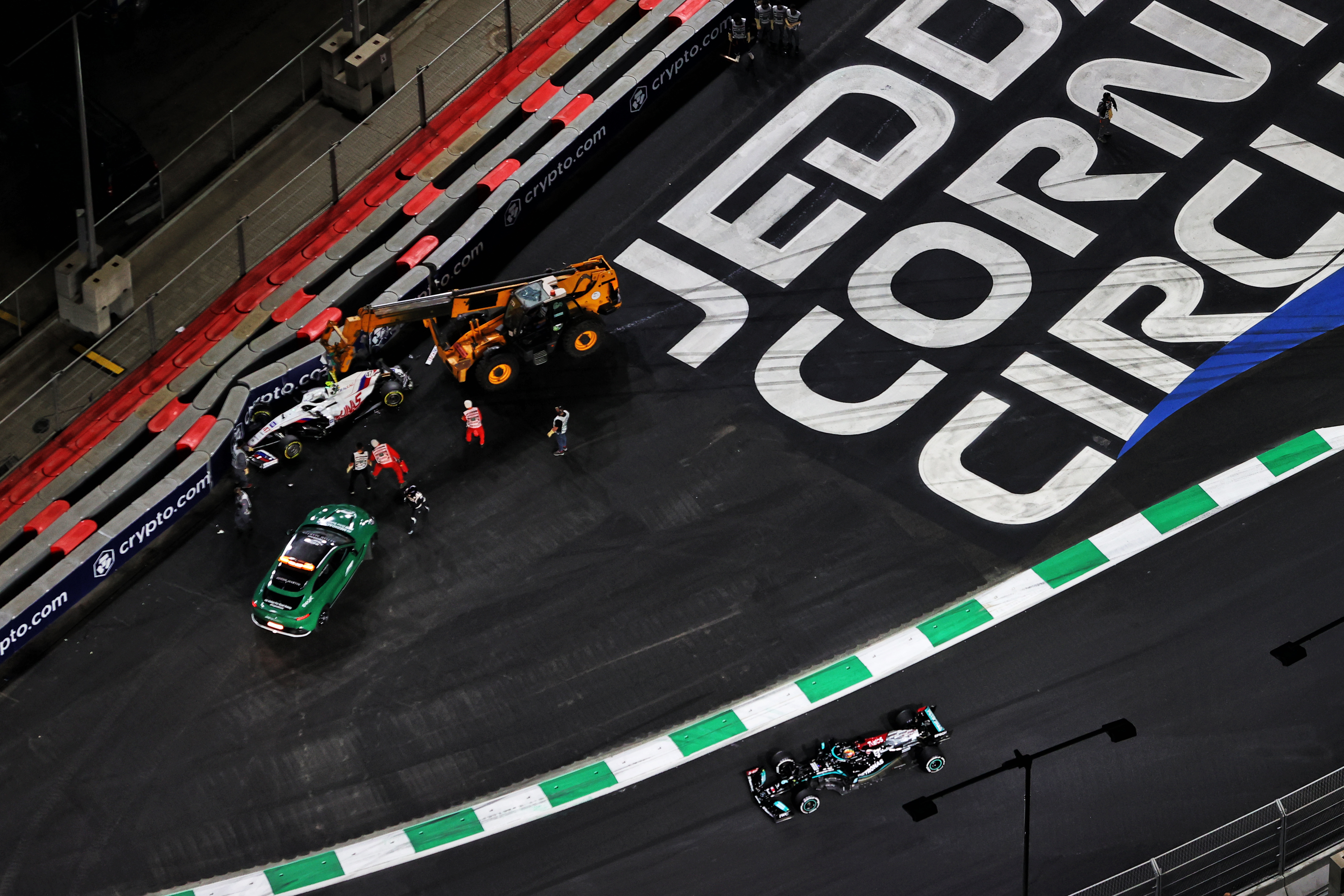
Norris was enraged by what he labelled F1’s “worst rule ever invented” – and while I think that’s a tad hyperbolic, I agree that F1’s pitstop rule when red flags are called needs to change.
Right now, drivers are free to change their tyres under the red flag, but the problem with the rule often comes with the fact that races can be red-flagged several laps after the red flag is called, like in Saudi.
The delay in the throwing of the red flag is often because damage to barriers needs to be assessed, meaning simply saying that F1 needs to decide whether or not to have a red flag quicker is perhaps not feasible with the current safety standards.
Norris suggested mandating a minimum of one pitstop/tyre change in a race that doesn’t take place under the red flag, but this would instead disadvantage those who hadn’t pitted before the red flag.
One proposal could be to set the grid on the red flag restarts from the order at the time of the safety car, in instances where a red flag is called when the safety is deployed.
But whatever the solution proves to be, it’s clear that the current red flag rules could do with a rethink.
The list of changes needed is enormous
Gary Anderson
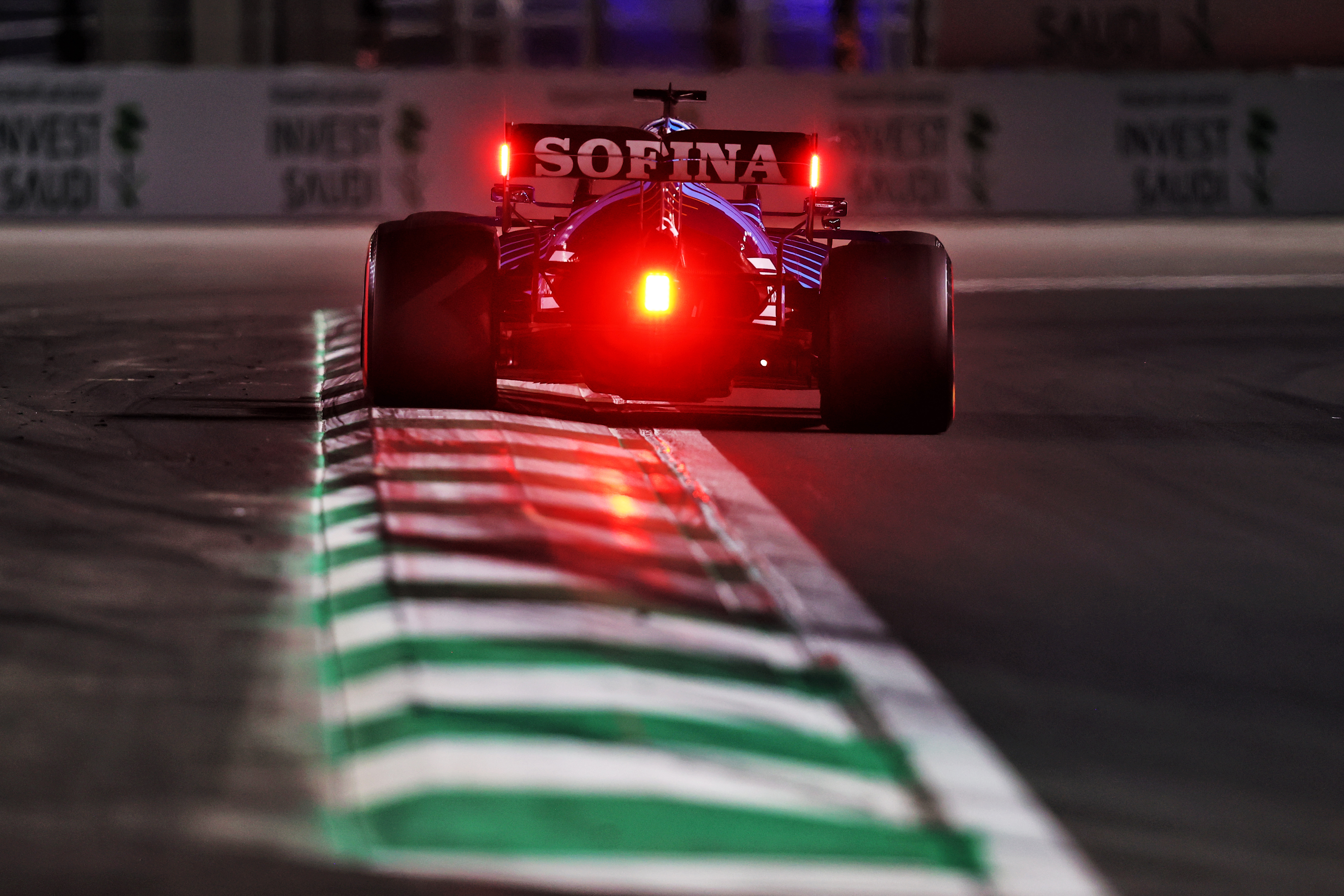
If there’s one thing we’ve learned from the 2021 season, it’s that the sporting regulations need to have a massive rethink and consistent implementation.
There’s so much left to chance with these regulations at the moment. No driver knows what they need to do or how they can go about doing it.
The stacking up at the last corner to get your qualifying lap is completely wrong. It could be completely resolved with a 105% rule for each sector of the lap.
At the moment track limits are only implemented in some corners and sometimes it’s a white line, sometimes it’s a kerb. You can’t get your head around that very easily.
In my opinion, the track should be treated the same at each race. Either do away with track limits and let drivers use whatever they want to use or implement it at every corner.
I think the simplest way is to do away with it completely and put in aggressive kerbs – so it’s your choice as a driver if you want to go over there and damage your car, or as a team if you want to build a car to suit those kerbs.
The rule about being able to change tyres under a red flag has always been a bit strange. It’s difficult because you might damage your tyres or car because of the red flag incident, but that’s life.
You either say that if it’s red-flagged for a safety concern, you can’t change anything and you sit in the pitlane then when the race restarts you come in on the formation lap to do whatever you want to do.
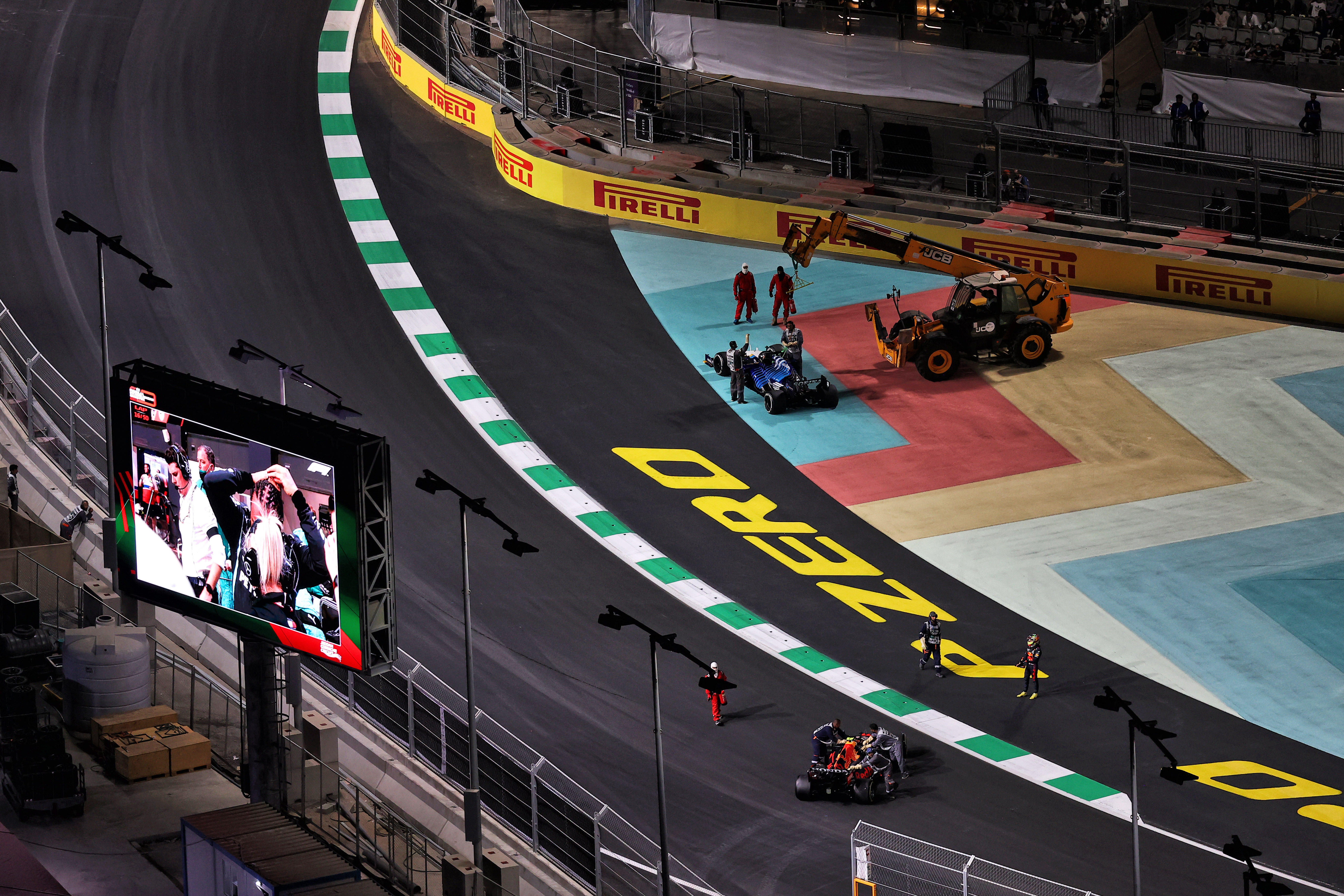
Or you say that the tyres can only be changed when the track is fully green.
Either one of those two would sort the problem.
All the issues around allowing drivers to repass if a rival has overtaken using a runoff area could be sorted out by having no track limits rule but car-destroying kerbs.
However if a driver has to give up a position and there’s a danger that driver might try to use the DRS detection zone to immediately repass, that car should not be allowed to use the DRS in the next section. That’s easy enough to implement, as Alex Wurz suggested.
I could go on all day about this. It’s just so frustrating seeing it happen time after time after time.
We want to see the best driver in the best car win the world championship and we don’t want to see it won via meetings in offices or appeals or whatever.
Please do something about it, F1 and FIA. And if you can’t do something about it for this final race, please do something about it for 2022 because we want to see consistency of rules implementation.
That’s much more important than deciding if Verstappen or Hamilton is a ‘bad boy’. Neither is. They’re just doing the best they can within the parameters that they’re allowed to do it in.



